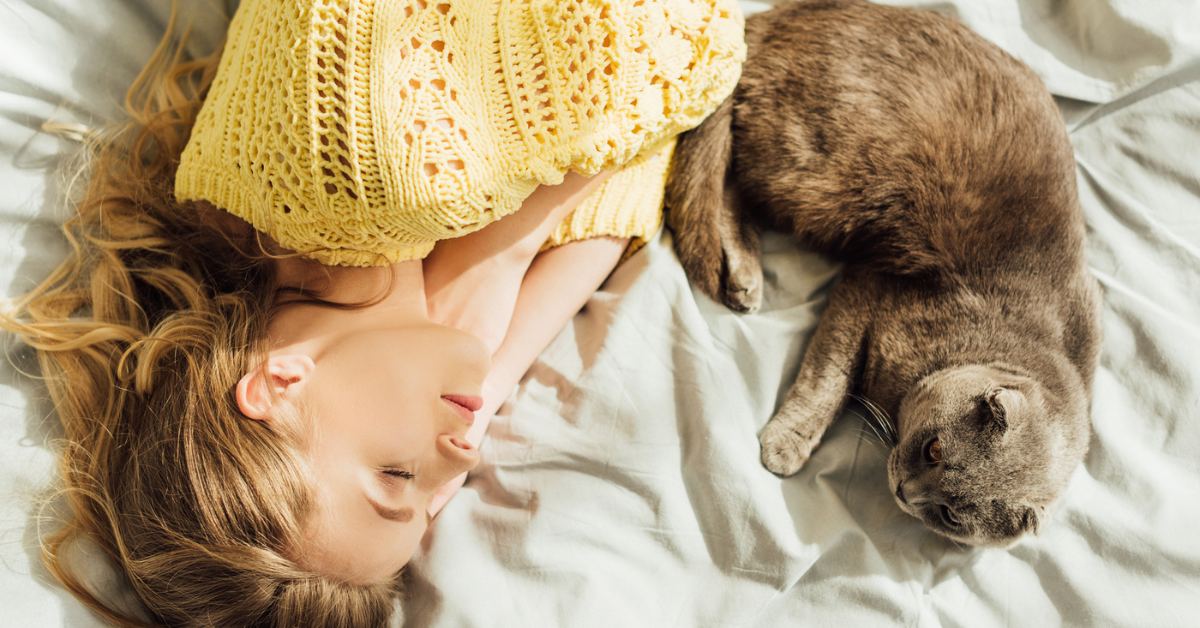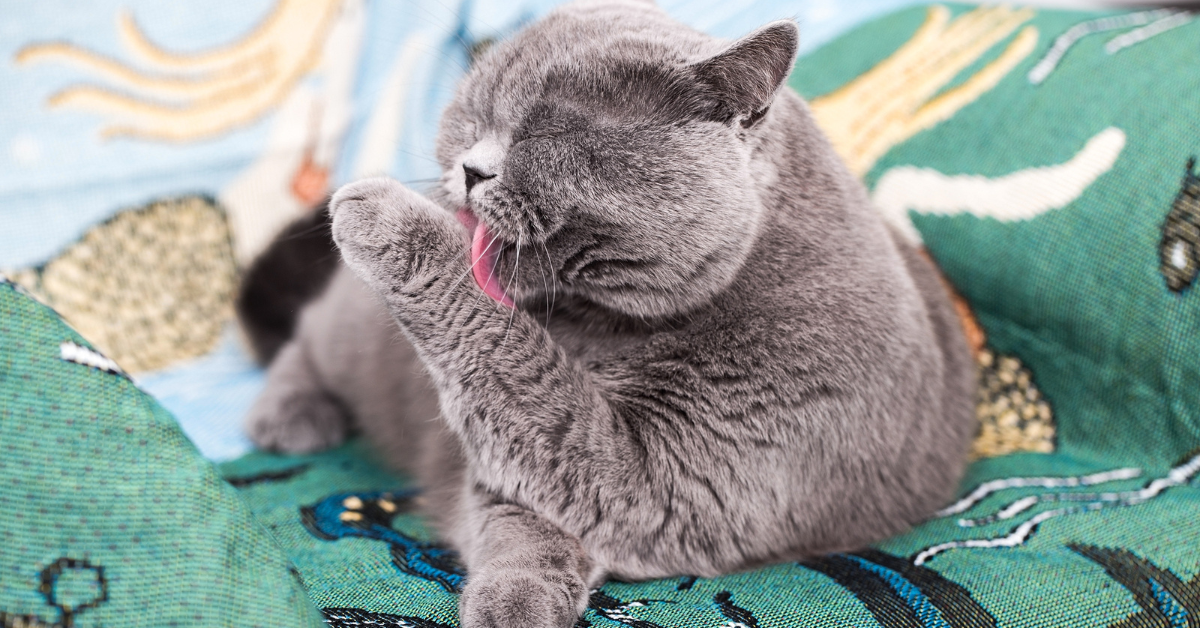Dog Bathing Tips for First Time Pet Parents

Bringing home your first dog can be one of the most exciting times of the year. You have a new family member to love on and hold on to and go on adventures with. But the inevitable shedding season eventually comes and when it does, you should be prepared. The shedding season can be one of the most trying seasons – even for the most experienced pet owner. Here are some tips on how to get survive shedding season and keep your dog up to par with her hygiene.
One of the best ways to keep shedding at bay is to consistently brush your dog's coat throughout the entire year and keep them on a tight bath schedule. Make time once a week to get the dog brush out and brush your dog's coat. This will remove any loose fur and keep your dog's coat soft and shiny. Our variety of dog de-shedding tools will help keep the fur at bay for both long and short hair breeds.
BEST DE-SHEDDING TOOLS
There are de-shedding shampoos on the market that does wonders for shedding. To further help with shedding, be sure to wear a de-shedding glove. Put the de-shedding glove on first, then pour some shampoo in the palm of the glove, rinse your dog, and start massaging the shampoo into her coat. Be sure to scrub your dog gently, almost as if you are giving her a massage. This will help make her more comfortable and enjoy her bath time more.

If you're still noticing a lot of fur around the house, you may want to think about investing in a de-shedding brush. These brushes are available in a wide variety for both long and short-haired dogs and cats. The best way to use these brushes is when your dog's coat is dry. Pet parents love the JW GripSoft Dog Deshedding Tool.

HELPFUL TIP: To help keep fur out of your tub's drain, always brush your pet before you bathe them.
HOW OFTEN SHOULD I BATHE MY DOG?
Wondering how often you should bathe your dog? Well, it depends on your dog's coat type. If your dog has a thicker coat like Labradors, Golden Retrievers, or Siberian Huskys, your dog's coat will naturally insulate itself seasonally. That being said, if overwashing occurs you run the risk of stripping too much oil from your dog's coat and skin which can lead to dry itchy skin. It's recommended that dogs with thicker coats be bathed once every 4-6 weeks. Dogs with thinner coats can be bathed more often. The recommended bath schedule for short-haired, or thin-coat dog breeds is once every 2-3 weeks.
If your dog gets dirty in-between the allotted time for baths, simply wipe down their coat with a wet washcloth or doggy wipes. By doing this, you will be able to give your dog a fresh coat while maintaining their bath schedule as well as the natural oils that coat their fur.
MY DOG SMELLS, BUT IT'S NOT TIME FOR A BATH
Can't take the dog smell anymore? If it's to the point where your dog is no longer huggable, go ahead and give them a bath. Even if it's not on the schedule. While it may not be the best time – per the bath schedule – at the end of the day if you can't snuggle your furry friend, bathe them.
MY DOG HATES BATHS, HOW CAN I MAKE IT EASIER?
Does your dog hate baths? Does she run in the other direction when she hears the word "bath"? If so, here are some easy tips and tricks for DIY grooming sessions. One of the first steps of the grooming process is selecting the proper shampoo. Make sure that the shampoo you're using fits your dog's needs. You might not realize it, but one of the reasons why your dog may hate baths is because she might have sensitive skin. If she does, get a shampoo that has oats or oatmeal infused or specifies "For Sensitive Skin". This will help your dog with her aversions of baths, now that the shampoo will no longer irritate her skin.
If you have a dog with white hair, you might want to try a brightening shampoo. This will help cleanse the white fur and make it vibrant and bright again. They even make it for dogs with sensitive skin. There are a lot of different varieties of shampoo made just for dogs. Whether your dog has sensitive skin, is short-haired, or long-haired there's sure to be an option for you.
To prevent ear infections, be sure to put some cotton balls in her ears to prevent water from getting in her ear canals. Dogs have very deep ear canals and once water gets in there, it's hard to get it out.
Another way to help make bath time easier for both you and your dog is with treats! Be sure to keep some on you during bath time and give her one before she gets in the bath. That way in her mind, she will associate the bath with a reward. After bathtime and she's all dry and clean, reward her with one more treat and a big hug! She did great!
Sources:
- http://www.vetstreet.com/dr-marty-becker/simple-tricks-to-make-dogs-bath-time-easier-faster-and-neater
- https://pets.webmd.com/features/when_the_fur_flies_pet_deshedding_tools#1
Previous article

Next article

Related posts
View all-

5 Simple Tips to Make Sure Your Cat Drinks Enough Water
Ensuring your cat stays hydrated is important, but it can be challenging since many cats don't drink enough water. Dehydration can lead to kidney disease and other health issues. Fortunately, you can encourage your cat to drink more with a few simple changes. Read Article -

How to Keep Your Cat Busy at Night (So You Can Sleep)
For many cat owners, the quest for a good night's sleep while keeping their feline friends content and engaged can seem like a never-ending battle. Cats, naturally more active at night or early in the morning, often disrupt your sleep schedules with nocturnal activity, whether through playful nature or seeking attention. Read Article -

Should You Bathe Your Cat? Everything You Need to Know About Cat Hygiene
When it comes to cat hygiene, a common question among cat owners is, "Should you bathe your cat?" Understanding how to care for felines, especially bathing cats properly, is crucial for maintaining their overall health. Most cats are fastidious groomers, but specific scenarios like long-haired cats getting dirty or skin irritations, might require a bath.
Read Article



